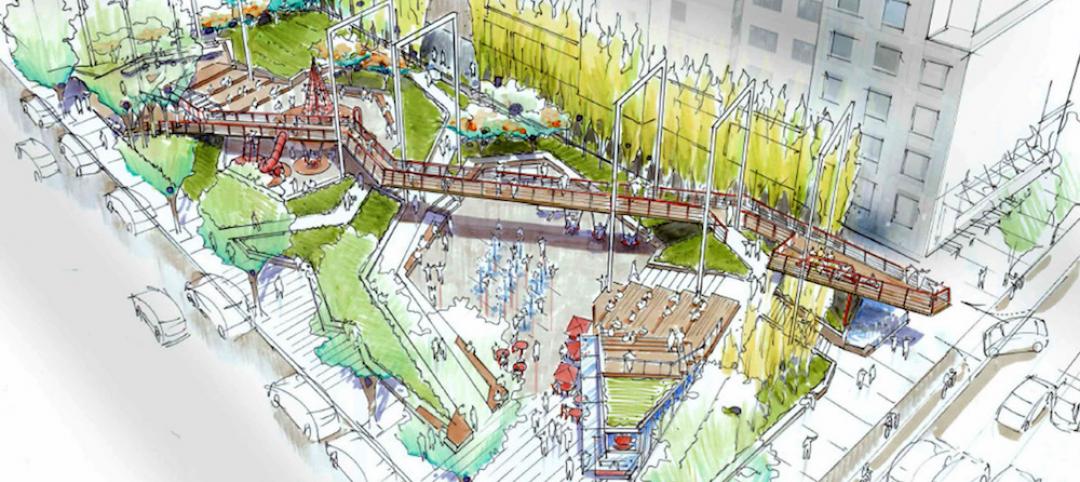Permeable Pavements, billed as “the first comprehensive handbook for the proper design, construction, and maintenance of permeable pavement systems,” is now available.
Permeable pavements enable reduced stormwater runoff, increased groundwater recharge, and improved water quality. This reference book is aimed at urban planners, landscape architects, municipalities, transportation agencies, regulatory agencies, and property owners.
This new book from the American Society of Civil Engineers provides guidance for the design, construction, and maintenance of permeable pavement systems that provide transportation surfaces and manage stormwater and urban runoff drainage using interlocking pavers. It presents an overview of typical permeable pavement systems, and reviews the design considerations.
Detailed design, construction, use, and performance information is provided for porous asphalt, pervious concrete, permeable interlocking concrete pavement, and grid pavements. Fact sheets and checklists help to successfully incorporate permeable pavement systems into design projects. Additional chapters summarize emerging technologies, maintenance considerations, hydrologic design approaches, key components for specification writing, and key areas for additional research.
Related Stories
Augmented Reality | Jul 15, 2016
Pokémon Go is helping people discover their cities
While catching them all may be the main goal, the wildly popular mobile game is also leading people to trek to unexplored corners of their cities
Urban Planning | Jul 13, 2016
'Shore to Core' competitions envision future waterfront cities
Design and research teams will use West Palm Beach, Fla., as their model.
Urban Planning | Jul 7, 2016
Y Combinator project would build new city using new technology, urban policies
Zoning, property rights, building codes all could be re-imagined.
Urban Planning | Jun 15, 2016
Swedish ‘Timber Town’ proposal from C.F. Møller provides a unique blend of nature and city
The development acts as a transition area between a traditional urban landscape and parklands.
Movers+Shapers | Jun 10, 2016
URBAN EVANGELIST: Bruce Katz sees America humming again, city by city
Katz, best known as Co-director of the Brookings Institution's Metropolitan Policy program, believes that cities are dynamic networks of like-minded public and private interests that have the potential to generate economic growth.
Urban Planning | Jun 9, 2016
Triptyque Architecture designs air-cleansing hanging highway garden in São Paulo
The garden would filter as much as 20% of CO2 emissions while also providing a place for cultural events and community activities.
Urban Planning | May 31, 2016
Vancouver park board approves final design for urban park
The green space is intended to be a recreation area for a busy part of downtown.
Urban Planning | May 31, 2016
The entire Swedish city of Kiruna is being relocated to prevent it from collapsing into underground iron mines
Kiruna, the northernmost city in Sweden, and its 20,000 residents will be moved two miles to the east by 2040.
Urban Planning | May 23, 2016
Developer acquires 62 acres of vacant land in Chicago
Related Midwest will turn the strip that connects the South Loop to Chinatown into a neighborhood with homes, stores, and offices.
Urban Planning | May 20, 2016
Why people are the most important factor in urban regeneration
What makes large-scale urban regeneration projects successful? CallisonRTKL's Edgar Kiviet explores how cities, particularly those in Eastern Europe, are undergoing a transformation.

















